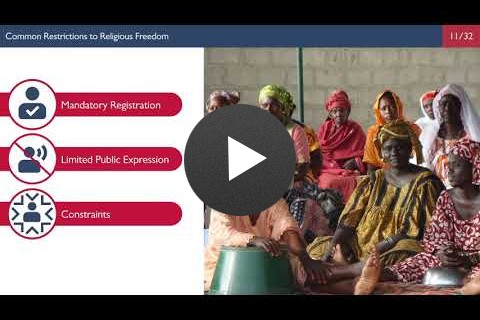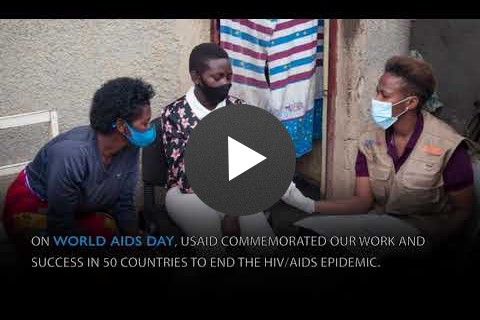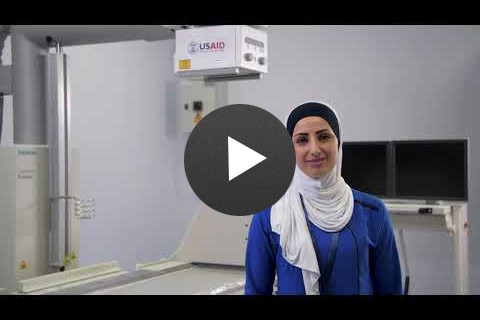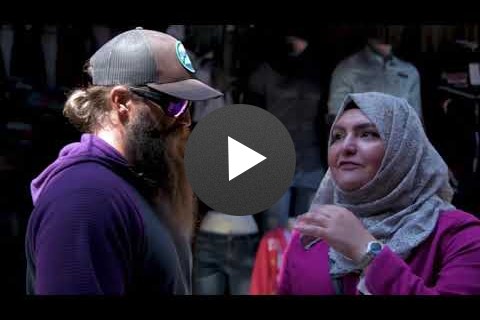Speeches Shim
The first ever international-standard abattoir and livestock fattening facility in the Somali Region opened for business in Faafan village, approximately 40km west of Jigjiga, which is home to the largest animal population in Ethiopia. A $1.5 million USAID grant to JESH PLc., leveraged private sector investment to construct a slaughterhouse that will provide a reliable livestock market for lowland areas of Ethiopia where the majority of pastoral communities live and rear their livestock. This will create opportunities for thousands of pastoralists to increase their income, create new jobs and increase resilience.
Support for the slaughterhouse was provided by USAID’s innovation and investment fund, managed by Mercy Corps, which aims to increase pastoral household incomes and enhance resilience to climate change. The funding—from the Feed the Future, the U.S. Government’s global hunger and food security initiative—leverages local capital for investment in a range of market development activities that improve market linkages, generate employment, and increase financial inclusion.









Comment
Make a general inquiry or suggest an improvement.